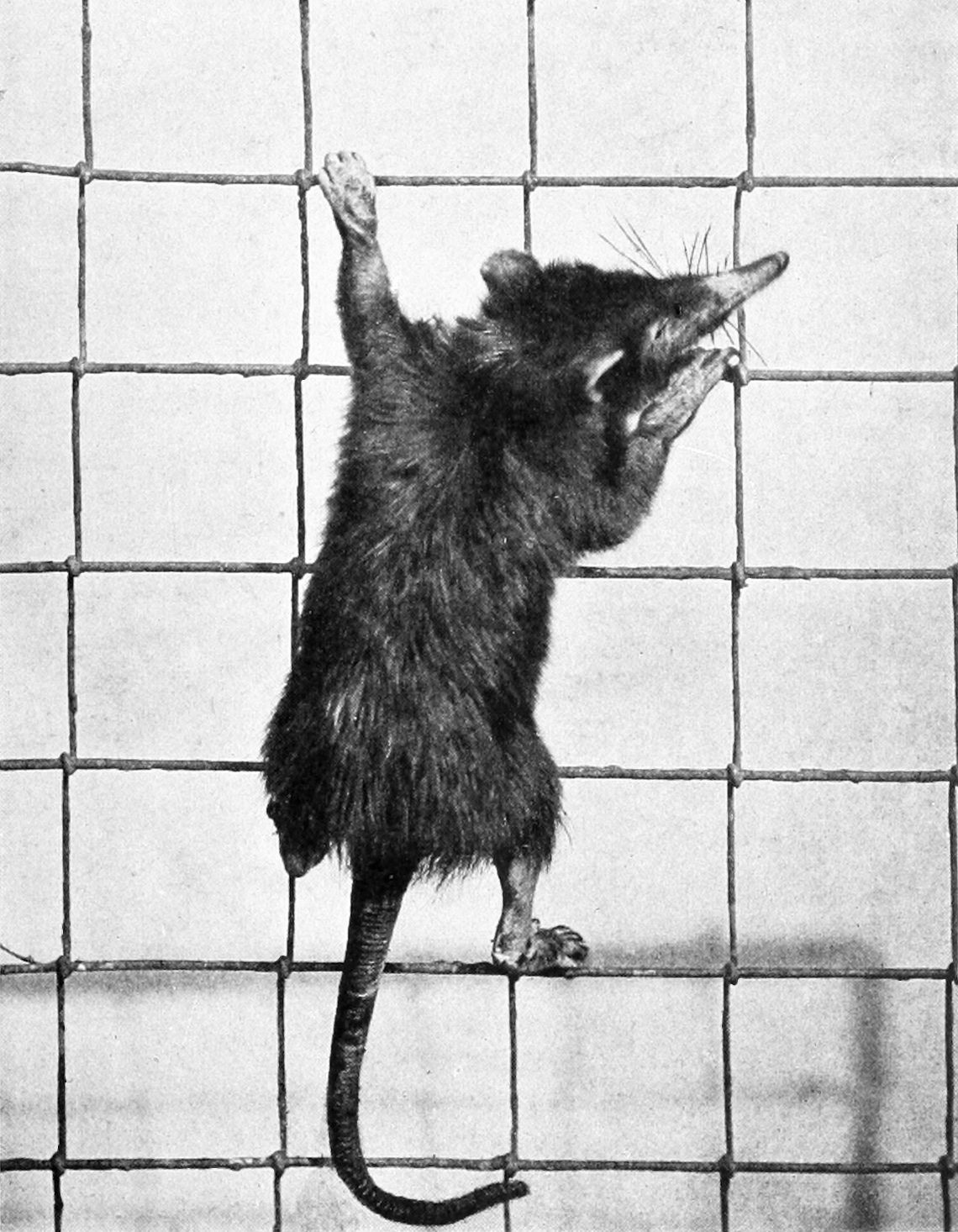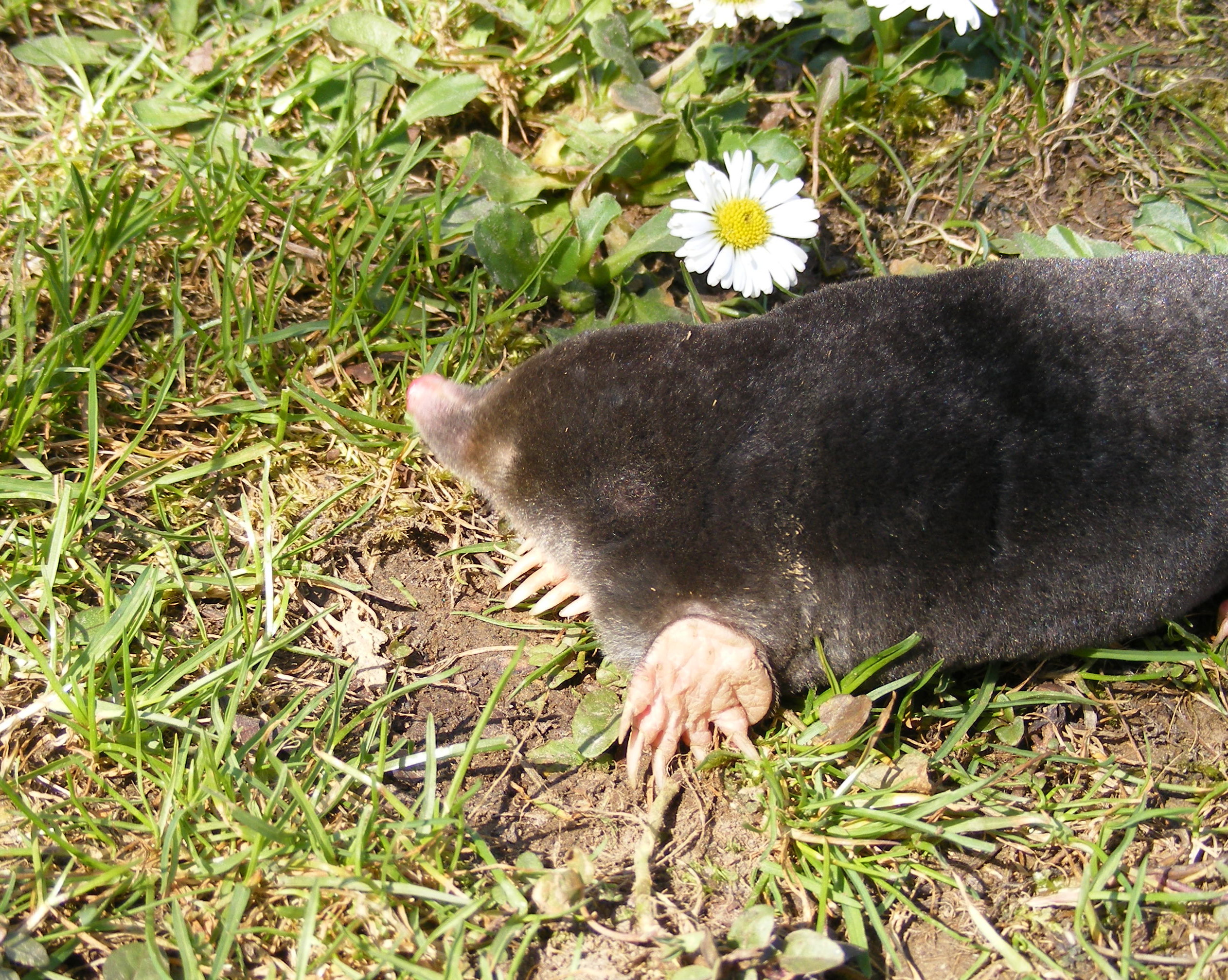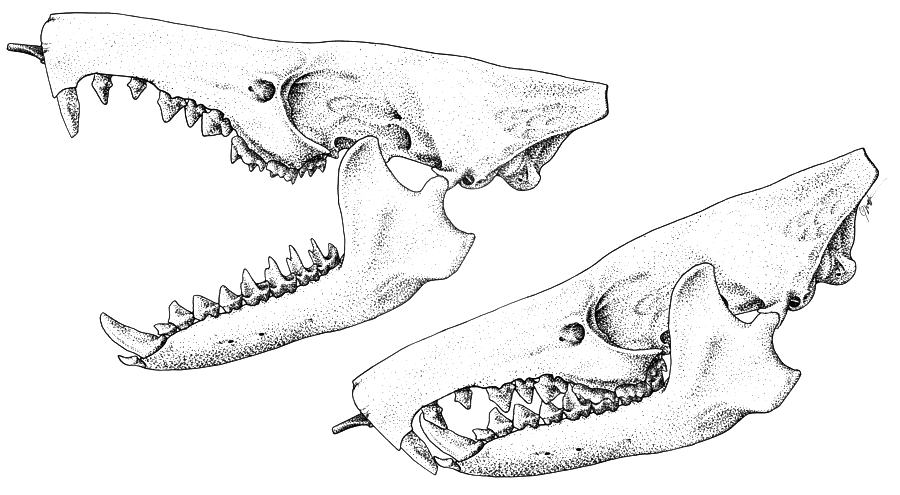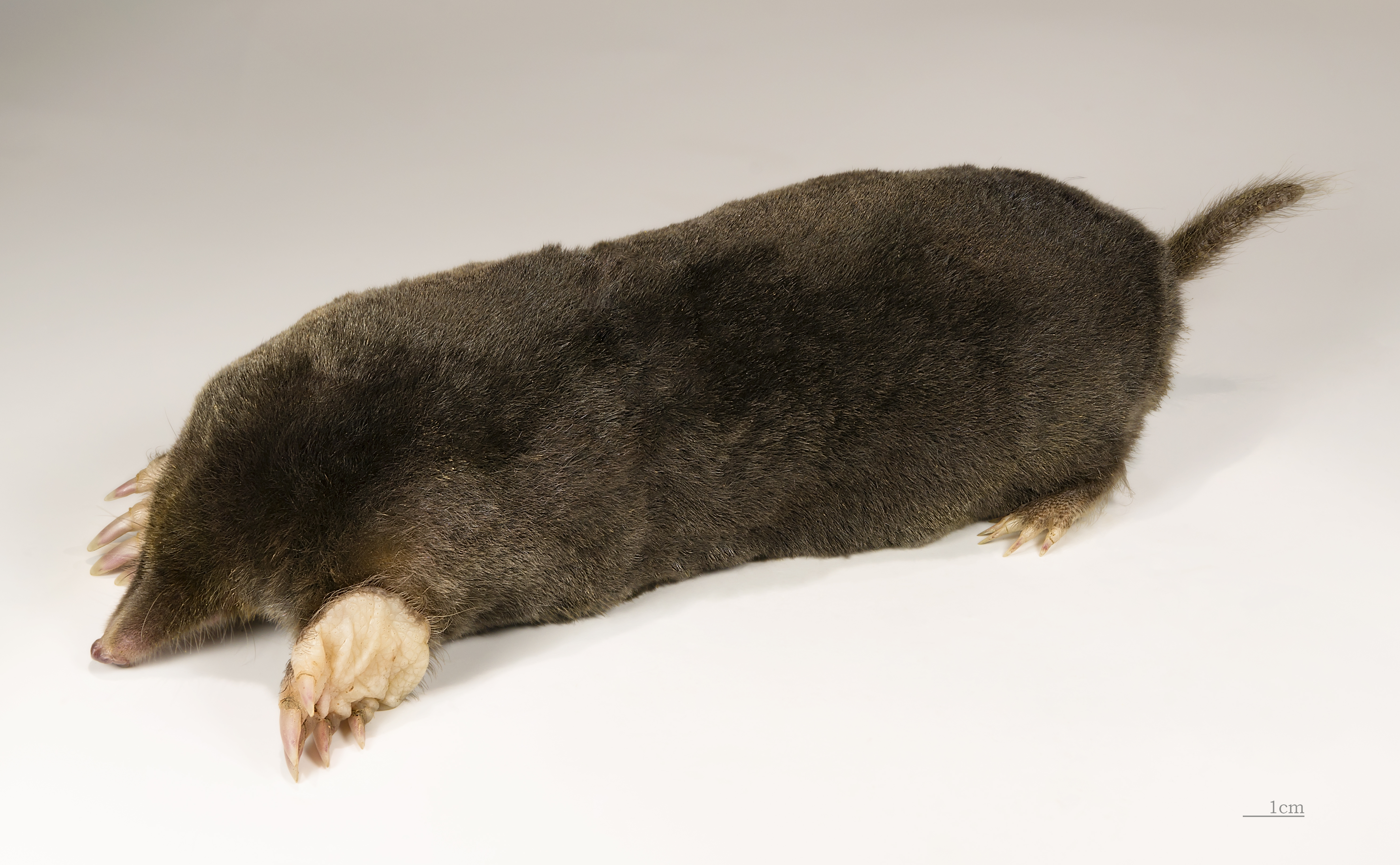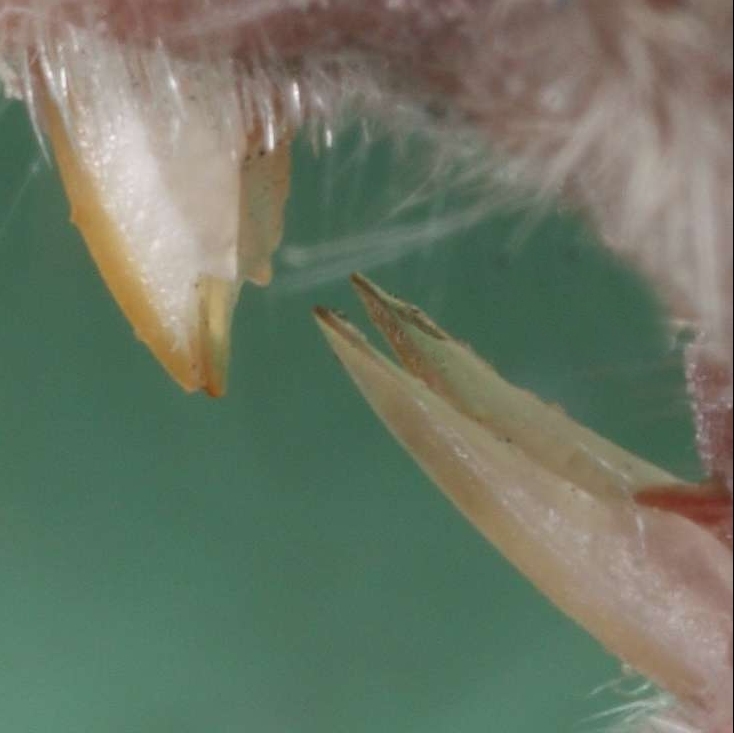|
Mammals Of The Dominican Republic
This is a list of the mammal species recorded in the Dominican Republic. Of the mammal species in the Dominican Republic, one is critically endangered, one is endangered, three are vulnerable, and ten are considered to be extinct. The following tags are used to highlight each species' conservation status as assessed by the International Union for Conservation of Nature: Order: Sirenia (manatees and dugongs) Sirenia is an order of fully aquatic, herbivorous mammals that inhabit rivers, estuaries, coastal marine waters, swamps, and marine wetlands. All four species are threatened. *Family: Trichechidae **Genus: '' Trichechus'' *** West Indian manatee, ''T. manatus'' Order: Rodentia (rodents) Rodents make up the largest order of mammals, with over 40% of mammalian species. They have two incisors in the upper and lower jaw which grow continually and must be kept short by gnawing. Most rodents are small though the capybara can weigh up to . *Suborder: Hystricomorpha **Fami ... [...More Info...] [...Related Items...] OR: [Wikipedia] [Google] [Baidu] |
Dominican Republic
The Dominican Republic is a country located on the island of Hispaniola in the Greater Antilles of the Caribbean Sea in the Atlantic Ocean, North Atlantic Ocean. It shares a Maritime boundary, maritime border with Puerto Rico to the east and a Dominican Republic–Haiti border, land border with Haiti to the west, occupying the Geography of the Dominican Republic, eastern five-eighths of Hispaniola which, along with Saint Martin (island), Saint Martin, is one of only two islands in the Caribbean shared by two sovereign states. In the Antilles, the country is the List of Caribbean islands by area, second-largest nation by area after Cuba at and List of Caribbean countries by population, second-largest by population after Haiti with approximately 11.4 million people in 2024, of whom 3.6 million reside in the Greater Santo Domingo, metropolitan area of Santo Domingo, the capital city. The native Taíno people had inhabited Hispaniola prior to European colonization of the America ... [...More Info...] [...Related Items...] OR: [Wikipedia] [Google] [Baidu] |
Muridae
The Muridae, or murids, are either the largest or second-largest family of rodents and of mammals, containing approximately 870 species, including many species of mice, rats, and gerbils found naturally throughout Eurasia, Africa, and Australia. The name Muridae comes from the Latin ' (genitive '), meaning "mouse", since all true mice belong to the family, with the more typical mice belonging to the genus ''Mus (genus), Mus''. Distribution and habitat Murids are found nearly everywhere in the world, though many subfamilies have narrower ranges. Murids are not found in Antarctica or many oceanic islands. Although none of them are native to the Americas, a few species, notably the house mouse and black rat, have been introduced worldwide. Murids occupy a broad range of ecosystems from tropical forests to tundras. Fossorial, arboreal, and semiaquatic murid species occur, though most are terrestrial animals. The extensive list of niches filled by murids helps to explain their relat ... [...More Info...] [...Related Items...] OR: [Wikipedia] [Google] [Baidu] |
Hispaniolan Solenodon
The Hispaniolan solenodon (''Solenodon paradoxus''), also known as the agouta, is a small, furry, shrew-like mammal endemic to the Caribbean island of Hispaniola (in the Dominican Republic and Haiti). Like other solenodons, it is a venomous, insect-eating animal that lives in burrows and is active at night. It is an elusive animal and was only first described in 1833; its numbers are stable in protected forests but it remains the focus of conservation efforts. Its smaller sister species of the same genus, Marcano's solenodon (''S. marconoi'') became extinct after European colonization. The Hispaniolan solenodon and the rat-like Hispaniolan hutia live in the same habitats and are the only surviving mammals native to the island. Discovery In 1833 the Russian Academy of Sciences received a new specimen from Haiti. Puzzled by the animal, curator Johann Friedrich von Brandt named it ''Solenodon paradoxus''. (''Solenodon'' means "grooved teeth".) No more information was known other t ... [...More Info...] [...Related Items...] OR: [Wikipedia] [Google] [Baidu] |
Solenodon
Solenodons (from , 'channel' or 'pipe' and , 'tooth') are venomous, nocturnal, burrowing, insectivorous mammals belonging to the family Solenodontidae . The two living solenodon species are the Cuban solenodon (''Atopogale cubana'') and the Hispaniolan solenodon (''Solenodon paradoxus''). Threats to both species include habitat destruction and predation by non-native cats, dogs, and mongooses, introduced by humans to the solenodons' home islands to control snakes and rodents. The Hispaniolan solenodon covers a wide range of habitats on the island of Hispaniola from lowland dry forest to highland pine forest. Two other described species became extinct during the Quaternary period. Oligocene North American genera, such as '' Apternodus'', have been suggested as relatives of ''Solenodon'', but the origins of the animal remain obscure. Taxonomy Two genera, '' Atopogale'' and '' Solenodon'', are known, each with one extant species. Other genera have been erected, but ar ... [...More Info...] [...Related Items...] OR: [Wikipedia] [Google] [Baidu] |
Solenodontidae
Solenodons (from , 'channel' or 'pipe' and , 'tooth') are venomous, nocturnal, burrowing, insectivorous mammals belonging to the family Solenodontidae . The two living solenodon species are the Cuban solenodon (''Atopogale cubana'') and the Hispaniolan solenodon (''Solenodon paradoxus''). Threats to both species include habitat destruction and predation by non-native cats, dogs, and mongooses, introduced by humans to the solenodons' home islands to control snakes and rodents. The Hispaniolan solenodon covers a wide range of habitats on the island of Hispaniola from lowland dry forest to highland pine forest. Two other described species became extinct during the Quaternary period. Oligocene North American genera, such as '' Apternodus'', have been suggested as relatives of ''Solenodon'', but the origins of the animal remain obscure. Taxonomy Two genera, '' Atopogale'' and ''Solenodon'', are known, each with one extant species. Other genera have been erected, but are now r ... [...More Info...] [...Related Items...] OR: [Wikipedia] [Google] [Baidu] |
Mole (animal)
Moles are small, fossorial, subterranean mammals. They have cylindrical bodies, velvety fur, very small, inconspicuous eyes and ears, reduced hindlimbs, and short, powerful forelimbs with large paws adapted for digging. The word "mole" most commonly refers to many species in the family Talpidae (which are named after the Latin word for mole, ''talpa''). True moles are found in most parts of North America, Europe (except for Ireland) and Asia. Other mammals referred to as moles include the African Golden mole, golden moles and the Australian Marsupial mole, marsupial moles, which have a similar ecology and lifestyle to true moles but are unrelated. Moles may be viewed as pests to gardeners, but they provide positive contributions to soil, gardens, and ecosystems, including soil aeration, feeding on slugs and small creatures that eat plant roots, and providing prey for other wildlife. They eat earthworms and other small invertebrates in the soil. Terminology In Middle English, ... [...More Info...] [...Related Items...] OR: [Wikipedia] [Google] [Baidu] |
Hedgehog
A hedgehog is a spiny mammal of the subfamily Erinaceinae, in the eulipotyphlan family Erinaceidae. There are 17 species of hedgehog in five genera found throughout parts of Europe, Asia, and Africa, and in New Zealand by introduction. There are no hedgehogs native to Australia and no living species native to the Americas. However, the extinct genus '' Amphechinus'' was once present in North America. Hedgehogs share distant ancestry with shrews (family Soricidae), with gymnures possibly being the intermediate link, and they have changed little over the last 15 million years. Like many of the first mammals, they have adapted to a nocturnal way of life. Their spiny protection resembles that of porcupines, which are rodents, and echidnas, a type of monotreme. Etymology The name ''hedgehog'' came into use around the year 1450, derived from the Middle English , from , , because it frequents hedgerows, and , , from its piglike snout. Other names that are used are ''urchin' ... [...More Info...] [...Related Items...] OR: [Wikipedia] [Google] [Baidu] |
Solenodon
Solenodons (from , 'channel' or 'pipe' and , 'tooth') are venomous, nocturnal, burrowing, insectivorous mammals belonging to the family Solenodontidae . The two living solenodon species are the Cuban solenodon (''Atopogale cubana'') and the Hispaniolan solenodon (''Solenodon paradoxus''). Threats to both species include habitat destruction and predation by non-native cats, dogs, and mongooses, introduced by humans to the solenodons' home islands to control snakes and rodents. The Hispaniolan solenodon covers a wide range of habitats on the island of Hispaniola from lowland dry forest to highland pine forest. Two other described species became extinct during the Quaternary period. Oligocene North American genera, such as '' Apternodus'', have been suggested as relatives of ''Solenodon'', but the origins of the animal remain obscure. Taxonomy Two genera, '' Atopogale'' and '' Solenodon'', are known, each with one extant species. Other genera have been erected, but ar ... [...More Info...] [...Related Items...] OR: [Wikipedia] [Google] [Baidu] |
Hispaniolan Solenodon Crop
Hispaniola (, also ) is an island between Cuba and Puerto Rico in the Greater Antilles of the Caribbean. Hispaniola is the most populous island in the West Indies, and the second-largest by land area, after Cuba. The island is divided into two separate sovereign countries: the Spanish-speaking Dominican Republic () to the east and the French and Haitian Creole–speaking Haiti () to the west. The only other divided island in the Caribbean is Saint Martin, which is shared between France () and the Netherlands (). At the time of the European arrival of Christopher Columbus, Hispaniola was home to the Ciguayo, Macorix, and Taíno native peoples. Hispaniola is the site of the first European fort in the Americas, La Navidad (1492–1493), as well as the first settlement La Isabela (1493–1500), and the first permanent settlement, the current capital of the Dominican Republic, Santo Domingo (est. 1498). These settlements were founded successively during each of Christopher Colu ... [...More Info...] [...Related Items...] OR: [Wikipedia] [Google] [Baidu] |
Eulipotyphla
Eulipotyphla (, from '' eu-'' + '' Lipotyphla'', meaning truly lacking blind gut; sometimes called true insectivores) is an order of mammals comprising the Erinaceidae ( hedgehogs and gymnures); Solenodontidae (solenodons); Talpidae ( moles, shrew-like moles and desmans); and Soricidae (true shrews) families. Taxonomic history Historically, these animals were grouped with others such as treeshrews, elephant shrews, and colugos, under the broader category Insectivora, comprising all small insect-eating placental mammals. Wilhelm Peters identified two sub-groups of Insectivora, distinguished by the presence or absence of a cecum in the large intestine. In his 1866 ''Generelle morphologie der organismen'', Ernst Haeckel named these groups Menotyphla and Lipotyphla, respectively from ''μένω'' ("remain")/''λείπω'' ("lack" or "leave behind") + ''τυφλὸν'' literally "blind", as in ''τυφλὸν ἔντερον'' ("blind intestine", from which the Latin '' ... [...More Info...] [...Related Items...] OR: [Wikipedia] [Google] [Baidu] |
House Mouse
The house mouse (''Mus musculus'') is a small mammal of the rodent family Muridae, characteristically having a pointed snout, large rounded ears, and a long and almost hairless tail. It is one of the most abundant species of the genus '' Mus''. Although a wild animal, the house mouse has benefited significantly from associating with human habitation to the point that truly wild populations are significantly less common than the synanthropic populations near human activity. The house mouse has been domesticated as the pet or fancy mouse, and as the laboratory mouse, which is one of the most important model organisms in biology and medicine. The complete mouse reference genome was sequenced in 2002. Characteristics House mice have an adult body length (nose to base of tail) of and a tail length of . The weight is typically . In the wild they vary in color from grey and light brown to black (individual hairs are actually agouti coloured), but domesticated fancy mice and l ... [...More Info...] [...Related Items...] OR: [Wikipedia] [Google] [Baidu] |
Mus (genus)
The genus ''Mus'' or typical mice refers to a specific genus of muroid rodents, all typically called Mouse, mice (the adjective "muroid" comes from the word "Muroidea", which is a large superfamily of rodents, including mice, rats, voles, hamsters, gerbils, and many other relatives), though the term can be used for other rodents. They are the only members of the Tribe (biology), tribe Murini. Subgenera, species, and subspecies The following is a list of ''Mus'' subgenera, species, and subspecies: *''Coelomys'' **''Mus crociduroides'' (Sumatran shrew-like mouse) **''Mus mayori'' (Mayor's mouse) **''Mus pahari'' (Gairdner's shrewmouse) **''Mus vulcani'' (volcano mouse) *''Mus (Mus), Mus'' **''Mus booduga'' (little Indian field mouse) **''Mus caroli'' (Ryukyu mouse) **''Mus cervicolor'' (fawn-colored mouse) ***''Mus cervicolor cervicolor'' ***''Mus cervicolor popaeus'' **''Mus cookii'' (Cook's mouse) **''Mus cypriacus'' (Cyprus mouse) **''Mus famulus'' (servant mouse) **''Mus f ... [...More Info...] [...Related Items...] OR: [Wikipedia] [Google] [Baidu] |



